International Recognition!!!
The New Complex inaugurated almost a year ago, has been featured in important architectural journals worldwide.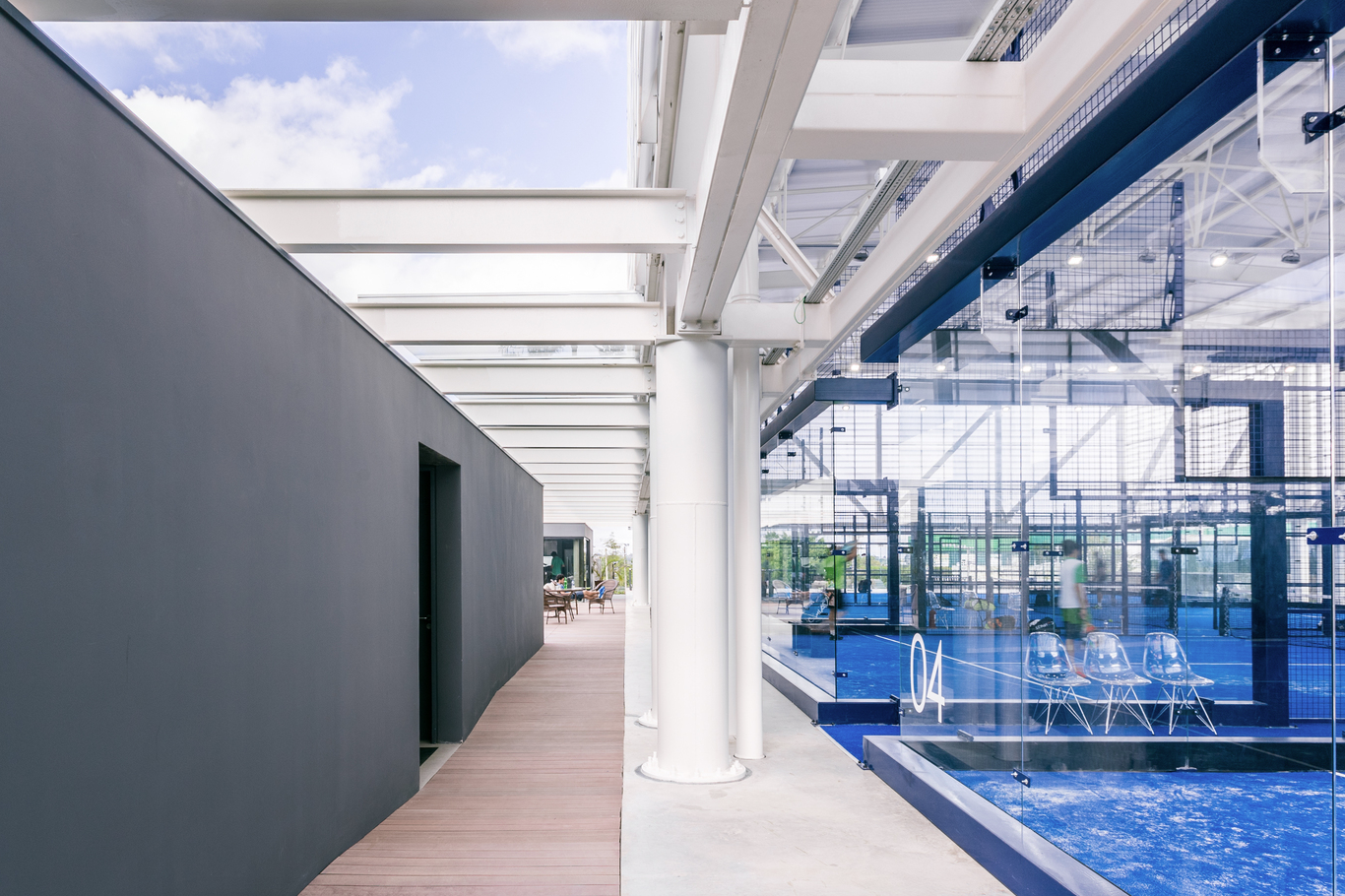
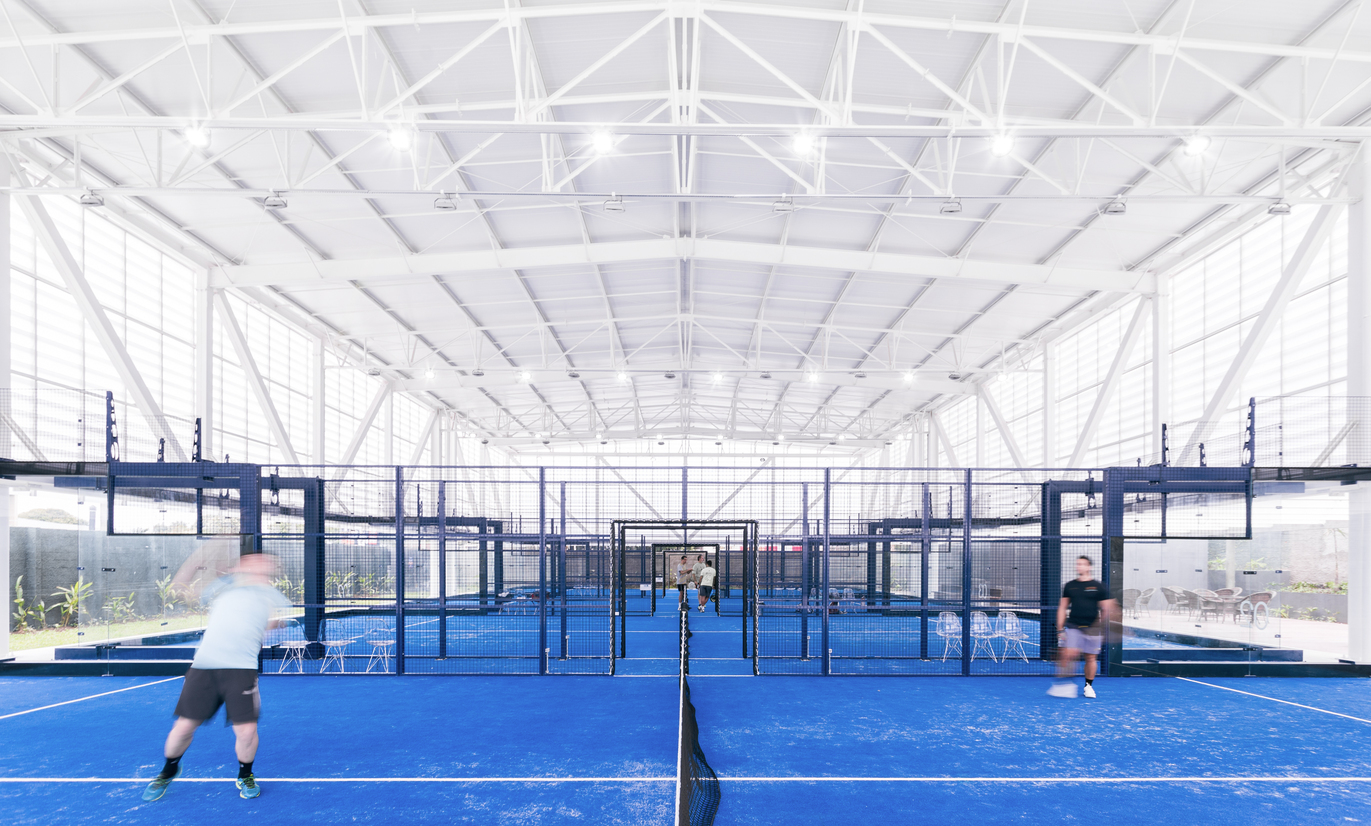
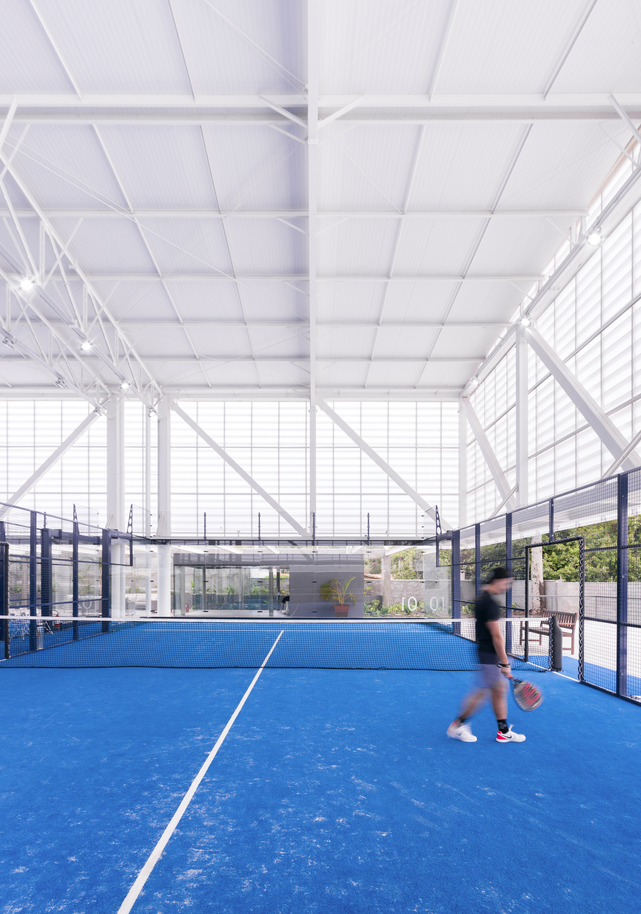
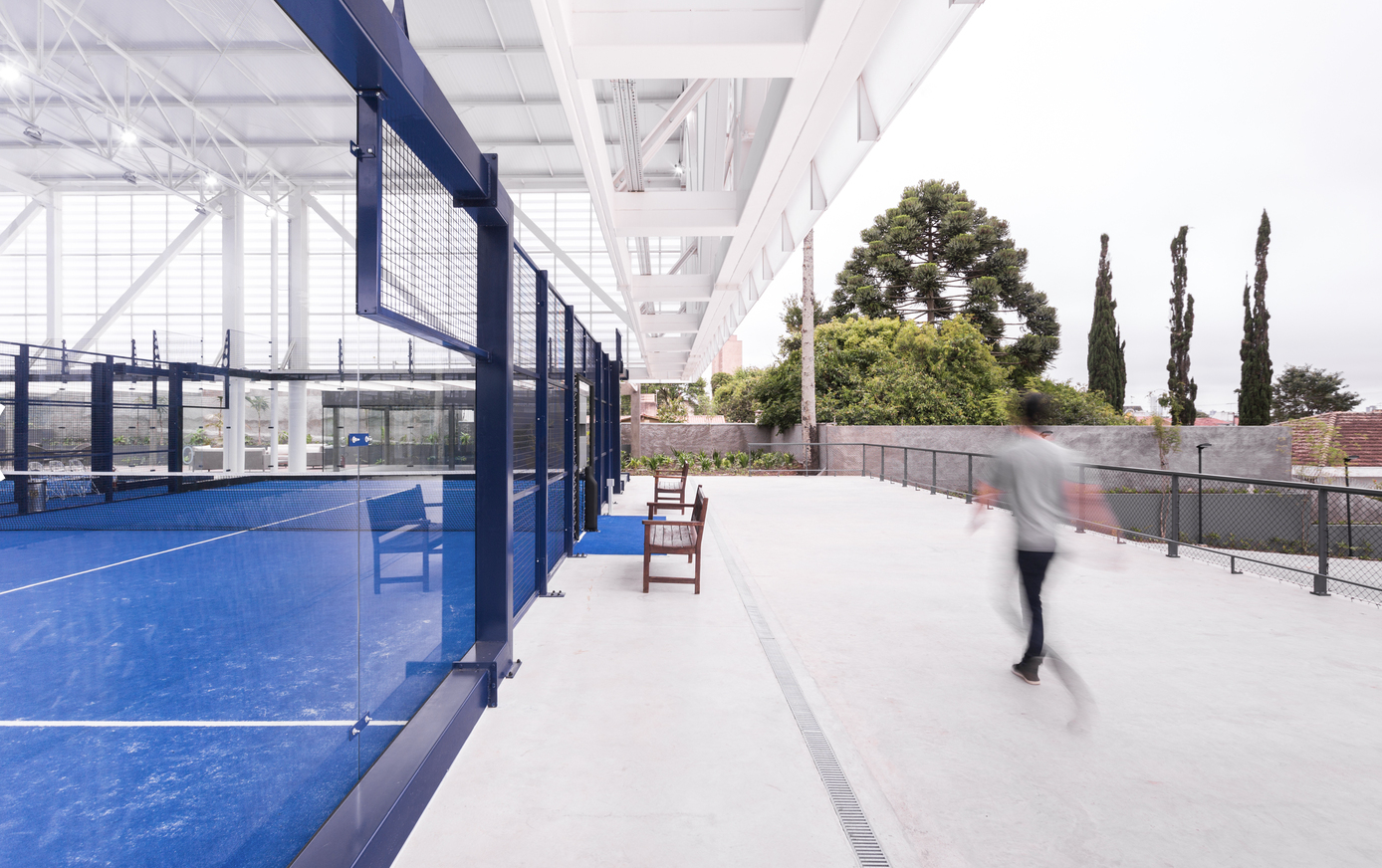
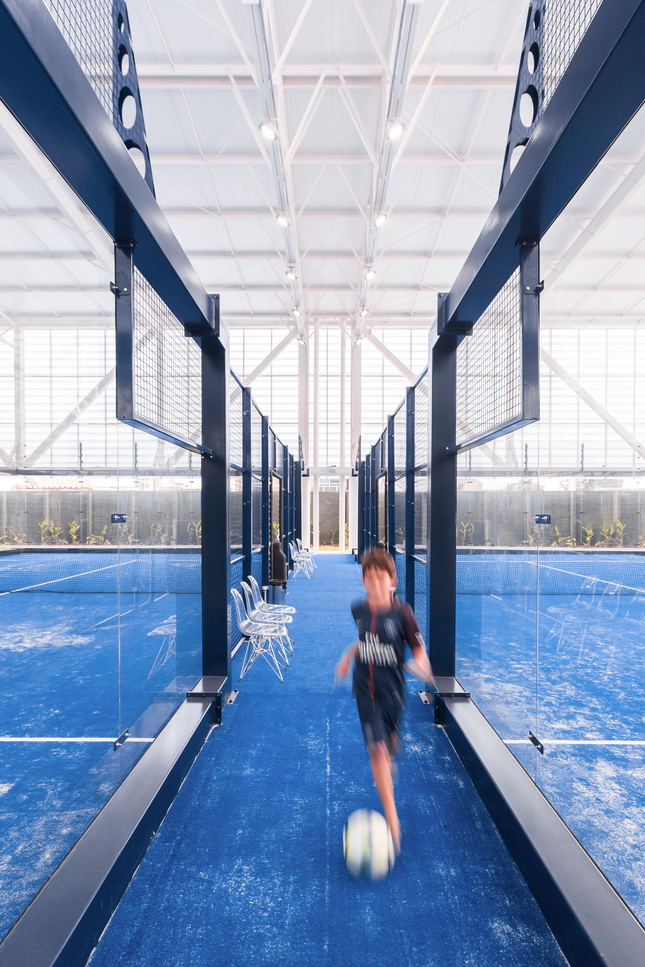
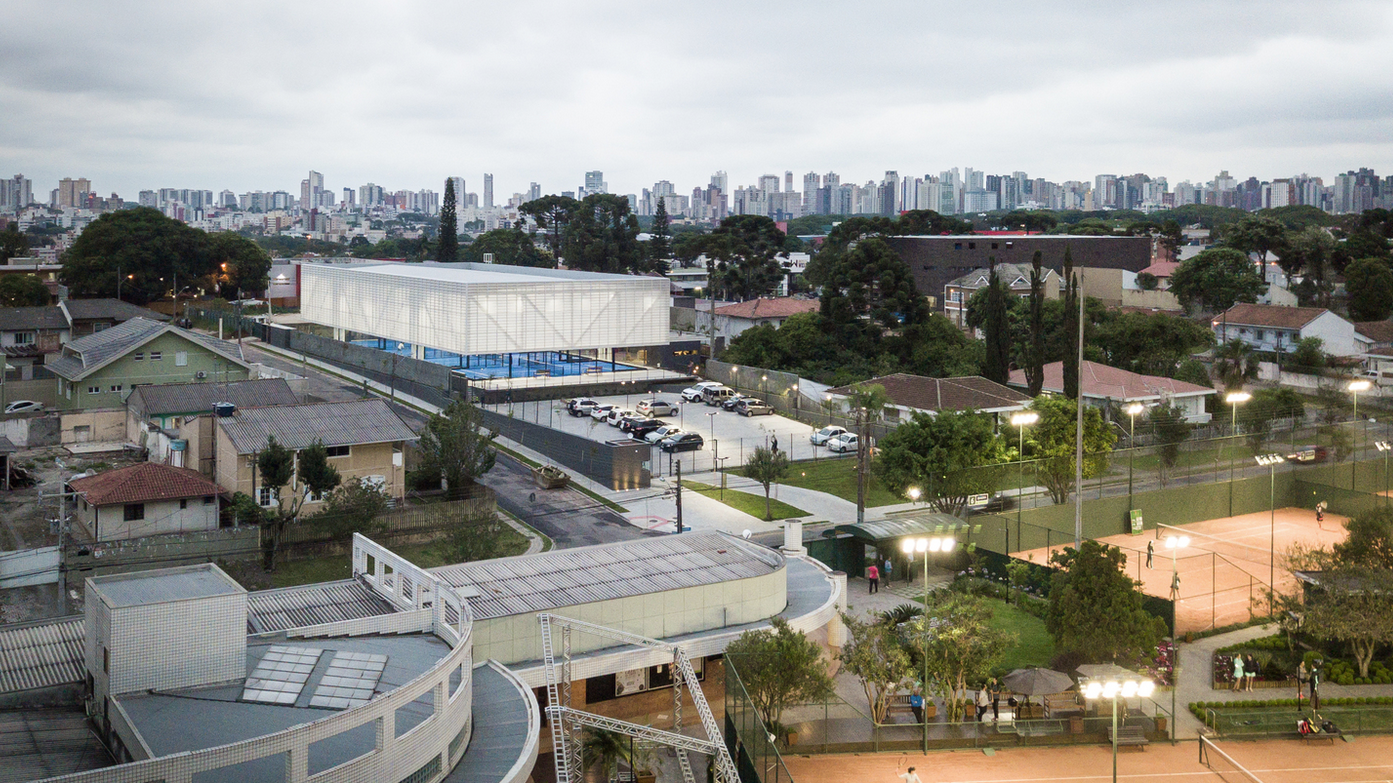
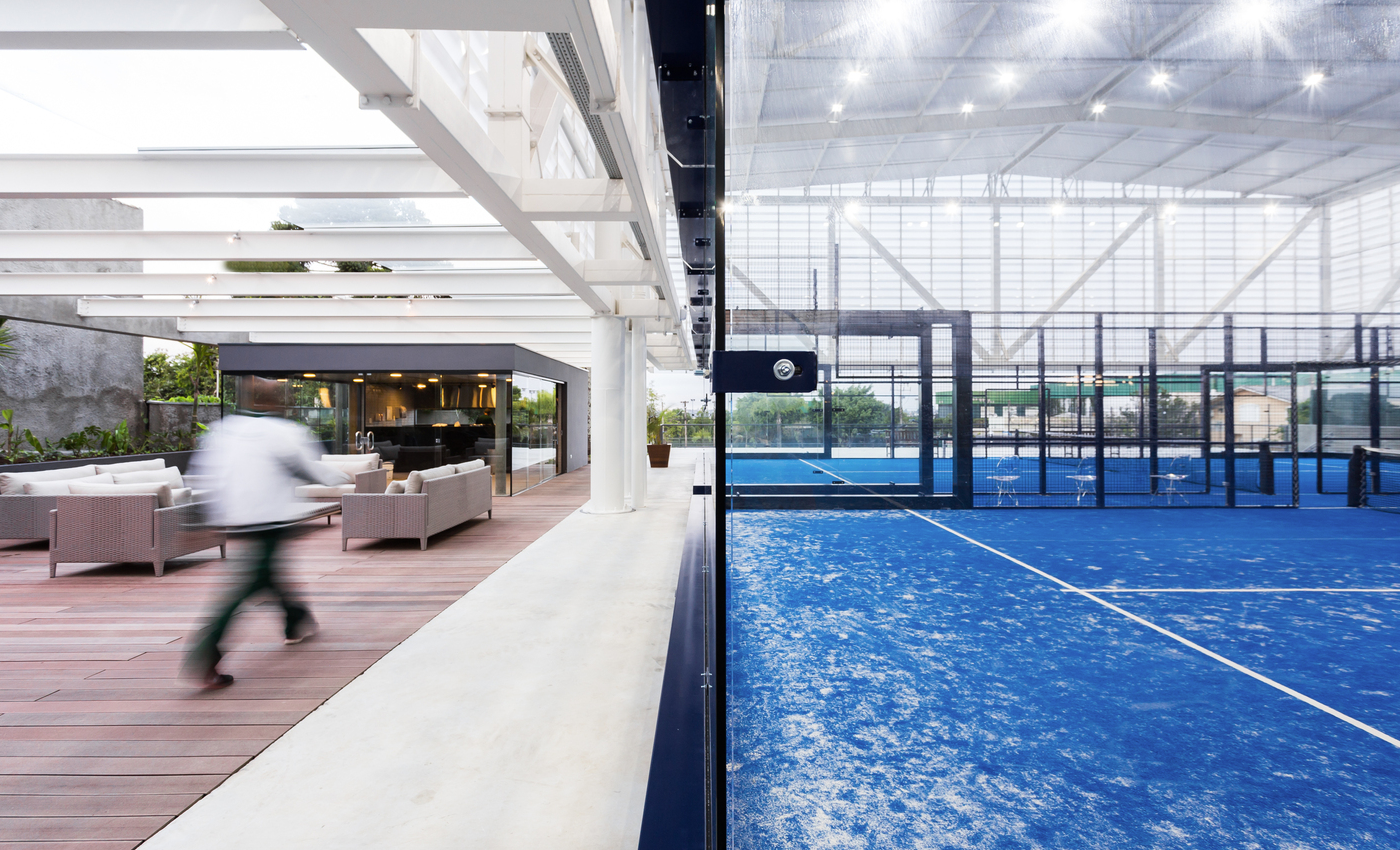
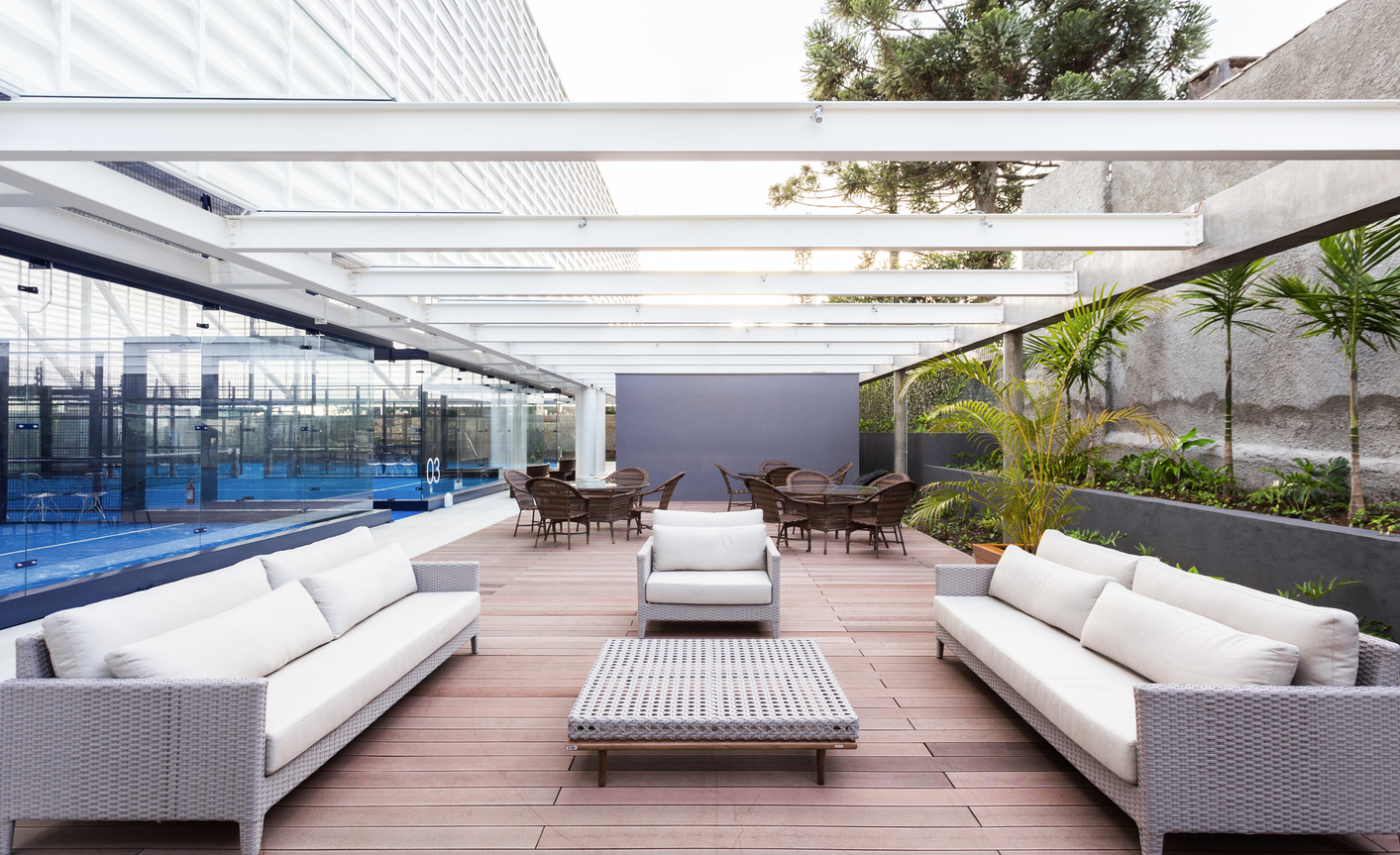
Text description provided by the architects. The New Padel Pavillion softens with its presence the material frontiers between public and private space at the Parolin neighborhood in Curitiba, Brazil. This is specially noticed during the day, due to the players flows around the club headquarters, or during the evening, when the pavilion acts as a significant, LED light, urban lamp. The physical impermeability, common to massive private sport pavilions, is reduced in this project for the simplicity of its architectonic strategy based in three elements: limits defined by green walls, base in podium and encasement as a suspended box.
In accordance to the offset limits imposed by urban legislation, the site was able to host four padel courts, measuring 10X20meters each. The court structure, of Spanish manufacture, is a combination of large tempered glass panels, structured by galvanized steel tubes profiles. The transparency of these court boxes BY PADELBOX allows the whole vision of the site limits, therefore the sensitive visual boundary for the player extends from the game limits to the green walls that surround the pavilion, at the neighborhood skirts. The wall, edge between the public and private domain, assumes, consequently, the role of the visual limit of the lot through its development: it widens to host greenery, it staggers to obey the pedestrian scale, and it ends as a niche to control the pavilions access.
The plot’s original ground had a strong declivity that was modified for the creation of a podium area for the four paddle courts, as well as a terrace which profits from views towards the city skyline. The elevated area was structurally planned to accommodate extra public weight when stands are placed at competitions. The underground area, close to the changing rooms, houses the rain water reuse tanks, serving the whole complex. At the front street level, at the lower portion of the site, a sloped parking lot was placed, minimizing its visual impact from the courts.
The New Padel headquarters for Curitibano Club intends to be a center of national reference for the practice and competitions of such sport in Brazil. The project also required flexibility for the installations of stands, assuming that their views would not be affected by structural elements. Thus, from these constraints, the limits of the sports pavilion and its eight stilts (visually read as only four supports) were defined. Over the round tubular metallic supports lies two longitudinal trusses measuring 50 meters long and six meters high, which hang the two other transversal trusses measuring approximately 24 meters long. The twelve meters cantilever at all four extremities help to emphasize the lightness and suspension of the pavilion box, while allowing a better structural behavior of the central span, as it reduces the bending moment at the main trusses. The whole structure is locked sideways by a metallic pergola, element that also acts as a scale regulator at the living area, once it does not facilitate from this place the perception of the total volume of the sports ground.

